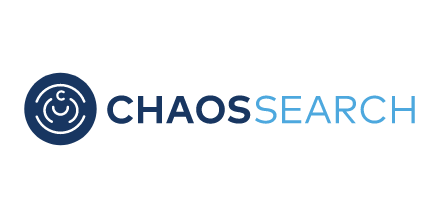
Overview
Starburst Galaxy is a fully managed data lake analytics platform designed for large and complex data sets in and around your cloud data lake. It is the easiest and fastest way for you to start running queries at interactive speeds across data sources using the business intelligence and analytics tools you already know.
Starburst Galaxy takes just minutes to set up and takes care of the heavy lifting of designing, provisioning, maintaining, and securing your Trino infrastructure. In addition, Galaxy offers proprietary features such as fully managed connectors, global search, schema discovery, monitoring and metrics, and data sharing with data products that allow your data teams to focus on generating unique insights from your data - not managing and building analytics infrastructure.
Highlights
- Simplicity - Starburst Galaxy lets you discover, govern, and prepare your data from a single, fully-managed platform. Future-proof your architecture with a single point of access and governance to all your data, including RBAC and ABAC capabilities.
- Scalability - Built on top of a query engine designed to run at internet-scale, Starburst Galaxy automatically scales your infrastructure to the needs of your workload in just a few clicks.
- Optionality - Starburst Galaxy works with any data storage and table format, so you never have to worry about locking yourself into a proprietary data ecosystem.
Details
Introducing multi-product solutions
You can now purchase comprehensive solutions tailored to use cases and industries.

Features and programs
Buyer guide

Financing for AWS Marketplace purchases

Pricing
Vendor refund policy
No refunds.
Custom pricing options
How can we make this page better?

Legal
Vendor terms and conditions
Content disclaimer
Delivery details
Software as a Service (SaaS)
SaaS delivers cloud-based software applications directly to customers over the internet. You can access these applications through a subscription model. You will pay recurring monthly usage fees through your AWS bill, while AWS handles deployment and infrastructure management, ensuring scalability, reliability, and seamless integration with other AWS services.
Resources
Vendor resources
Support
Vendor support
Get help directly from Starburst in the Starburst Galaxy UI by using our chat app. You can use the app to get answers to frequently asked questions, chat with a support agent, and search our knowledge base. For free, on-demand training, visit Starburst Academy. Docs: https://docs.starburst.io/starburst-galaxy/index.html Support Packages:
AWS infrastructure support
AWS Support is a one-on-one, fast-response support channel that is staffed 24x7x365 with experienced and technical support engineers. The service helps customers of all sizes and technical abilities to successfully utilize the products and features provided by Amazon Web Services.


